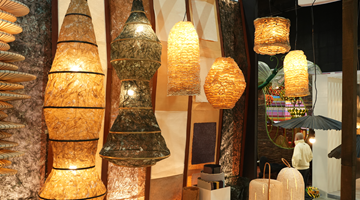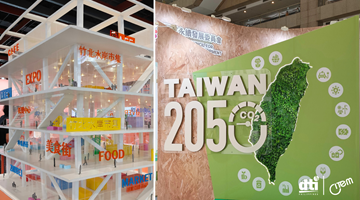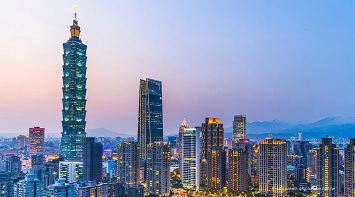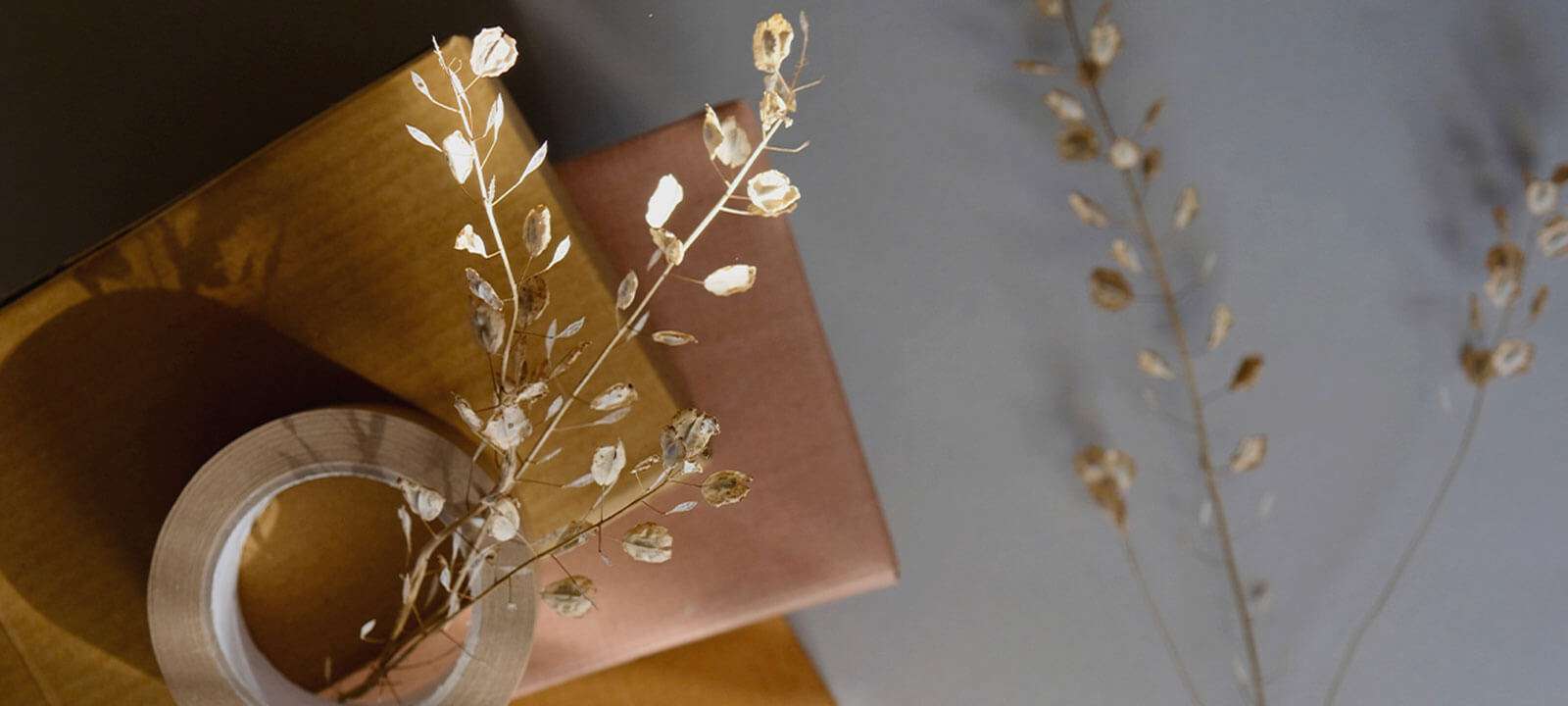POSTED Dec 15, 2022 - 11:21 AM
The 7 Types Of Plastics And Their Eco-Friendlier Alternatives
Sustainable business practices and packaging don’t just happen overnight. Changing your mindset and supplier is a good start, though
For MSMEs and food entrepreneurs, plastic is a “necessary evil.” While plastic is still widely used by businesses across the country, the push to ban single-use plastic has gained traction. What people must remember is that not all plastic is made the same.
Different plastic products have different uses and different lifespans. Some plastic products are thicker and have longer lifespans, while other plastics are made for single use and less durable. What we’re most accustomed to are flimsy plastic takeout containers, disposable utensils, and straws. Overconsumption of these products is bad for the environment—especially with the lack of legitimate recycling facilities in the country.
Knowing the different types of plastic can help you figure out the right alternatives to get the same job done. Not only are these options more sustainable to the environment, they could also help you grow your customer base and reach more eco-friendly consumers.
Different types of plastic
There are seven different types of plastic: polyethylene terephthalate (PET or PETE), high-density polyethylene (HDPE), polyvinyl chloride (PVC), low-density polyethylene (LDPE), polypropylene (PP), polystyrene (PS), and other.
PET is most commonly used for food and beverage packaging, like water, soft drink, and sports drink bottles. While it’s a recyclable material, it’s still best to substitute it with reusable, biodegradable or easily compostable materials like glass and containers made from natural byproducts.
HDPE is the material that’s commonly used to store liquids like detergent jugs, juice and shampoo bottles, and in some regions, milk. It’s also the same type of plastic used to make grocery bags. HDPE is also used in construction to make rigid plastic pipes or even buckets and is one of the most recycled plastics due to its durability.
PVC is familiar to many of us as the component of pipes used for construction. It’s dense, rigid, and doesn’t corrode when exposed to chemicals. It’s frequently used for construction and building design as well since it doesn’t conduct electricity. PVC is also used in medical settings because it’s easy to disinfect and dispose of. The most common uses for PVC are plumbing pipes, credit cards, blood and intravenous medical bags, and plastic binders.
LDPE is the most commonly used plastic in the world. It’s cheap to process and easy to mold. Grocery bags, garbage bags, dry cleaning covers, plastic frozen food packaging, cling wrap, some squeeze bottles, food storage containers, bubble wrap, beverage lids, and food carton lining all use this type of plastic. It’s best to avoid purchasing LDPE due to the fact that it’s difficult to recycle.
PP is another durable type of plastic. It can withstand higher temperatures, which makes it ideal for storing fresh, hot food. It can be reheated, too. PP-made products include straws, bottle caps, medicine bottles, food containers, packing tape, single-use diapers, sanitary napkins, and reusable water bottles.
PS is more commonly known as styrofoam. Prior to the rise of plastic food packaging, styrofoam was the go-to for most food companies and brands for takeout packaging. Styrofoam has a low recycling rate, which means it’s not the most sustainable option. Aside from items like takeout containers and utensils, styrofoam is also used for insulation and product packaging. Polystyrene is known to leak dangerous chemicals when heated and is difficult to recycle, which means it’s best to avoid this type of plastic as well.
The final type of plastic is “other.” When a plastic is labeled as other, it’s usually a combination of multiple types of plastic that can’t neatly fall into one single category. The items made from this type of plastic range from electronics, eyeglasses, more bottles, lighting and home fixtures, and clear plastic utensils.
Polycarbonate (PC) is the most common type of plastic that falls under the “other” category. PC is used for items like baby bottles, water containers, and dental sealants. But “due to its toxicity, several countries have banned the use of PC for baby bottles and infant formula packaging.”
In general, plastic can take 20 to 500 years to decompose. Items made from PET may take even longer because the plastic is nearly indestructible and requires UV lights to biodegrade since it can’t be digested by bacteria.
Plastic alternatives
Moving towards a more sustainable future doesn’t mean entirely ditching plastic. Repurposing and reusing the plastic you already have on hand—as long as it’s safe for continued use—is better than buying brand new products that are supposedly “eco-friendly.”
For businesses that need single-use plastics, it’s important to identify what you need first. In the foodservice industry, the most commonly used types of plastic are containers, utensils, cling wrap, and kitchen tools.
An easy switch to make for plastic containers are sugarcane-based containers. These sugarcane containers, also known as bagasse, are made from leftover sugarcane fibers. Bagasse is a byproduct of sugarcane that’s usually either discarded or used as fuel, but using it as food containers in lieu of plastic gives it a second life. Aside from food packaging, bagasse can also be used to make paper products and even fertilizer.
Cling film is a difficult item to find a substitute for, but scientists have developed a comparable (and compostable!) product with the same promise. This “eco-mpostable cling wrap” is made of bioplastic polylactic acid (PLA) “derived from corn starch, cassava, sugar cane or sugar beet and biodegradable random copolymer polybutylene adipate terephthalate (PBAT).”
The wrap claims to break down in 180 days if composed at home or 84 days if handed to a professional composting facility.
For typical packaging items like bubble wrap and tape, there are paper alternatives such as honeycomb craft paper and paper tape. Honeycomb craft paper is usually made of recycled paper that’s shaped like its namesake to cushion fragile items. The paper acts as a spring to keep whatever you’re packing intact. For tape, craft paper tapes are also available. Although they’re not as sturdy as tape made from plastic, they’ll still keep your packages safe and secure when handled properly.
Companies like Fifth Express have also developed eco-friendlier mailer packaging made from corn-based biopolymers. The 100 percent compostable mailer is branded using soy-based ink and claims that it composts in just 180 days.
It’s important to note, though, that there’s still a lack of industrial-grade composters in the country. This means that although eco-friendly mailers are better for the environment, it’s not a one-shot solution to reducing waste.
If you’re looking for local suppliers that produce alternative packaging for your business, companies like Econest, The Bamboo Company, Econtainer, and Ecolutions PH—to name a few—have a wide range of products that are compostable, recyclable, or both.
Sustainable business practices and packaging don’t just happen overnight. There’s a lot of trial and error involved, but the important part is the shift in mindset. Knowing what to reuse and what to shift to is an important part of the journey, but it’s only the beginning.
For more information and news on home, furniture, lifestyle, and fashion accessories visit FAME+
Read more

Rooted in Advocacy, Crafted for the Future
Going strong for 42 years, Manila FAME is a bold, seasoned trade show shaped by decades and transfor... Learn More

Learning the curve of sustainability: CITEM explores Taiwan’s SDG-driven industries
CITEM tracks sustainable practices in Taiwan’s transformative industries, and gets a glimpse of a... Learn More

CITEM Market Sensing Mission to Taiwan to strengthen PH SDG competency
Making serious strides toward strengthening the country’s sustainability footprint, CITEM travels to... Learn More

EU, PH push for green solutions in food industry at Sustainability Solutions Exchange 2025
Aiming to develop a sustainable Philippine food industry, the European Union (EU) and the Department... Learn More
